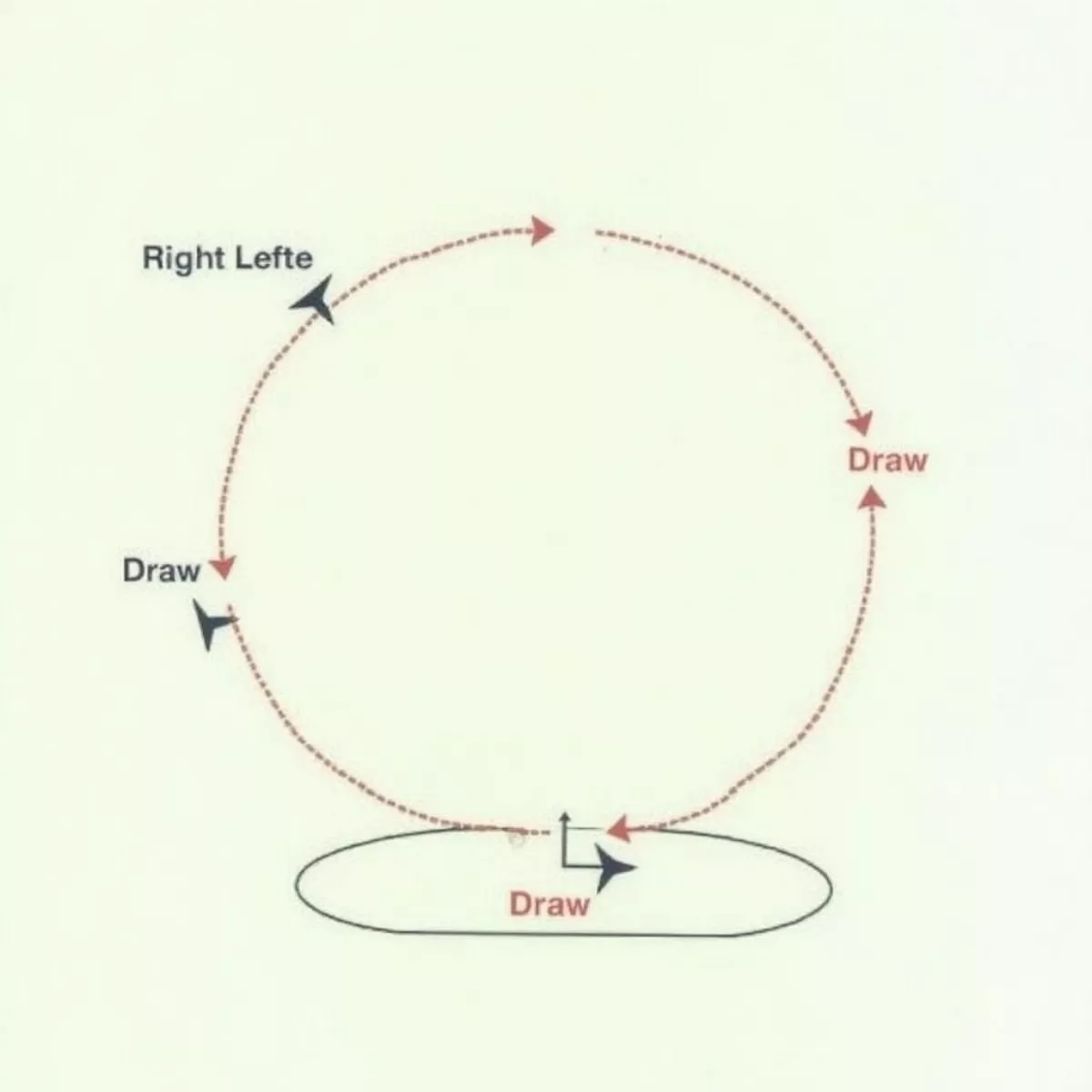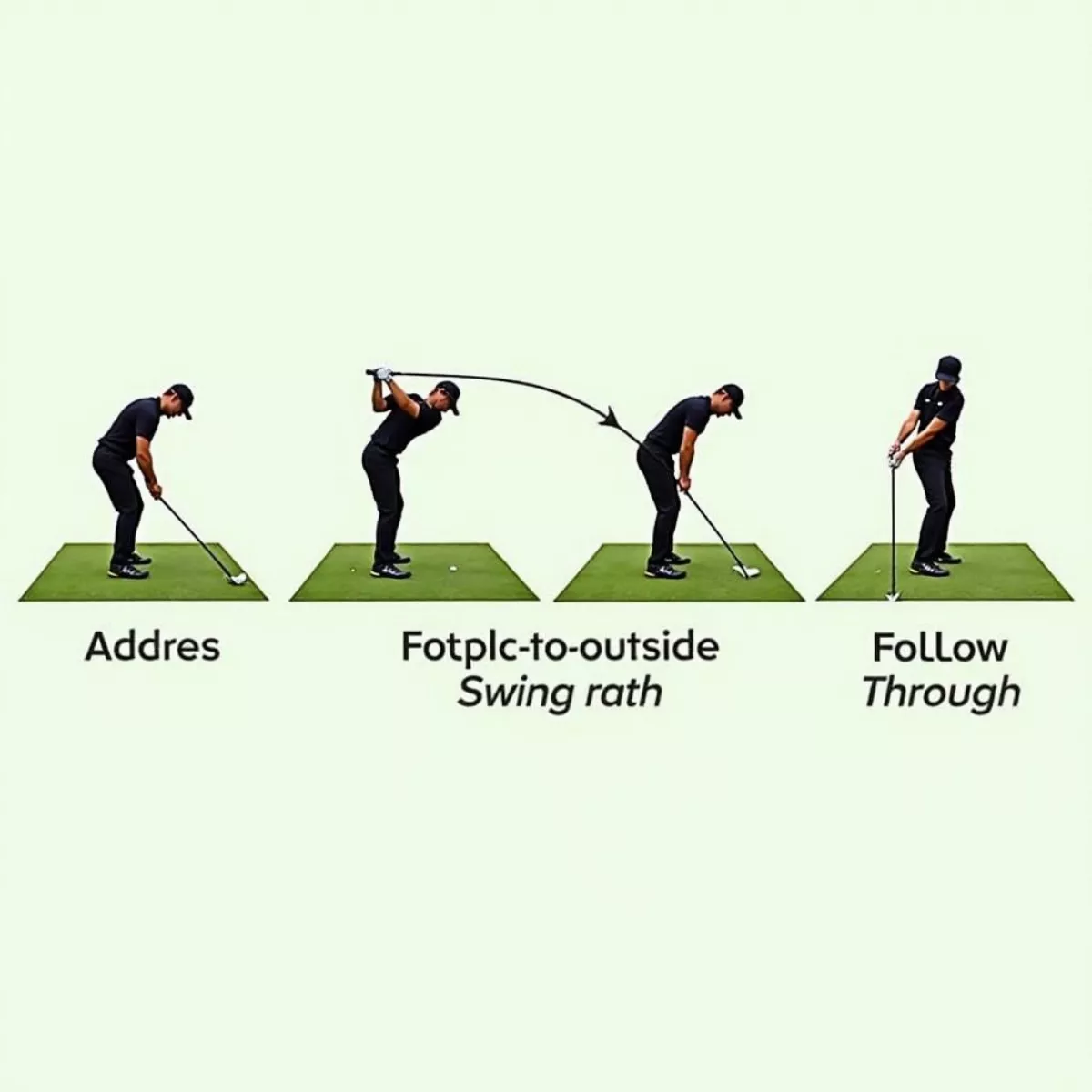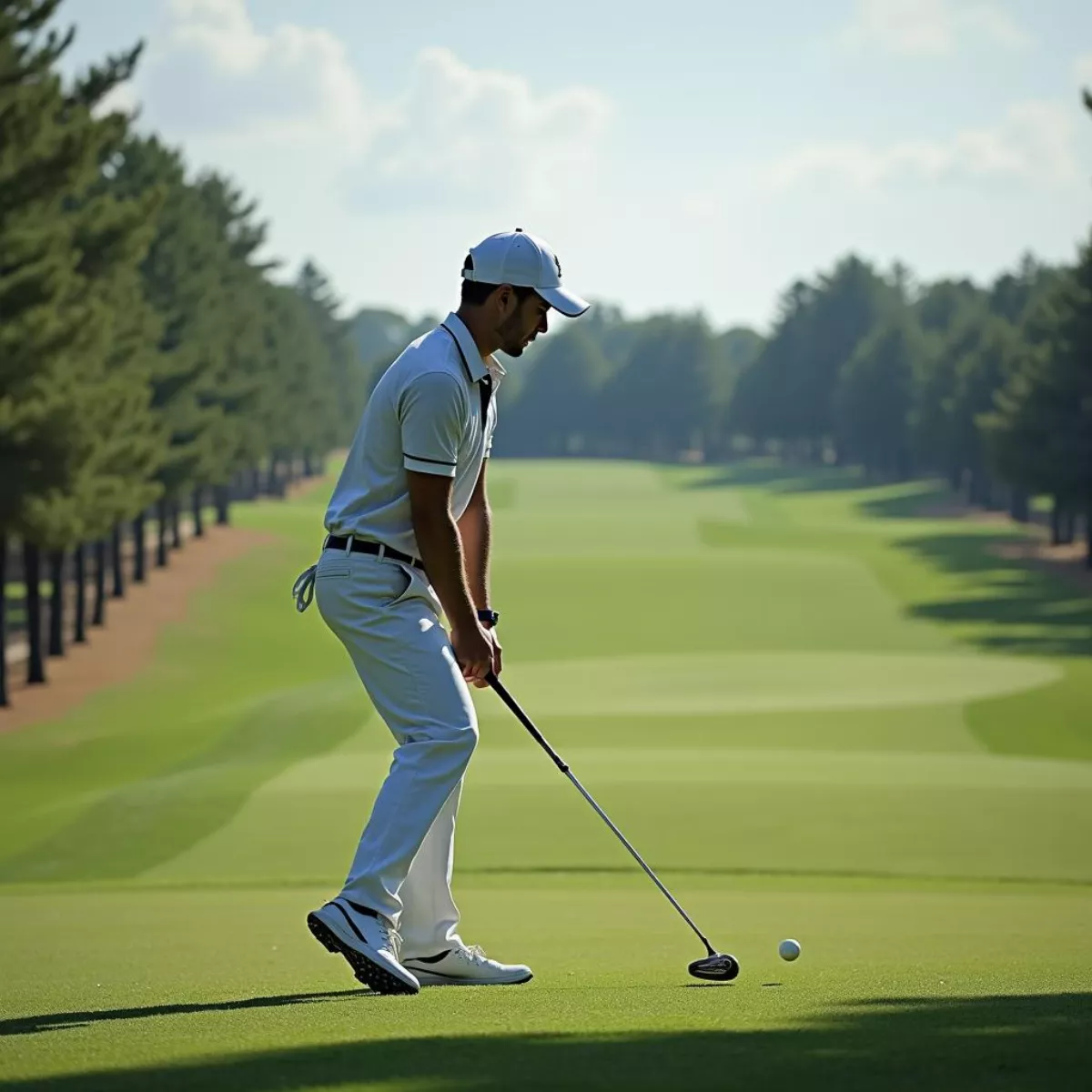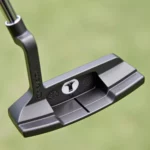Golf is a game of precision, and one of the essential skills that can elevate your game to the next level is the ability to draw the ball. A draw is a shot that curves gently from right to left (for right-handed golfers) and can help you navigate obstacles, achieve better distance, and shape your shots more effectively. In this guide, we’ll explore everything you need to know about how to draw the ball, including tips, techniques, and practice exercises.
What Does It Mean to Draw the Ball?
When you draw the ball, you are intentionally making it curve from right to left. This is particularly useful in situations where you want to avoid obstacles like trees or create a better angle for approaching the green. A well-executed draw can lead to greater distance and enhanced accuracy.
The Physics Behind the Draw
Understanding the physics of golf ball flight can help you master the draw. The basic principle is that the spin imparted on the ball will determine its curvature. For a right-handed golfer, a draw is created by:
- Closing the clubface at impact relative to your swing path.
- Swinging from inside to outside the target line.
This action leads to sidespin that makes the ball curve in the desired direction.
 Golf Ball Flight Trajectory
Golf Ball Flight Trajectory
Key Techniques to Draw the Ball
1. Grip Adjustments
Your grip can significantly influence the shot shape. Here’s how to adjust it:
- Position your hands slightly more to the right (for right-handed golfers). This encourages a closed clubface at impact.
- Experiment with a stronger grip by rotating your hands slightly clockwise on the club.
2. Stance and Alignment
Proper stance and alignment are crucial:
- Aim right of target: To create a draw, you need to align your body slightly to the right of your target while your clubface aims at the target.
- Ball Position: Move the ball slightly back in your stance, closer to your right foot.
3. Swing Path
The path of your swing plays a vital role:
- Use an inside-to-outside swing path: This promotes the right kind of sidespin to create a draw.
- Focus on a smooth, controlled swing, avoiding any jerky movements.
4. Clubface Control
The position of your clubface at impact can make or break your draw:
- The clubface should be closed relative to your swing path but aimed at your target.
- Practice making contact with the ball when the clubface is slightly closed.
 Golfer Demonstrating Swing Path for a Draw
Golfer Demonstrating Swing Path for a Draw
5. Focus on Follow-Through
Your follow-through should feel natural and fluid:
- Finish high and low: Your club should end up pointing to the left of the target.
- Keeping a balanced follow-through will help maintain proper swing dynamics.
Practice Techniques for Drawing the Ball
Drills to Master Your Draw
Here are some drills to help you practice drawing the ball:
| Drill | Description |
|---|---|
| Gate Drill | Place two tees just wider than your clubhead. Practice swinging without hitting the tees while staying on an inside-to-out path. |
| Target Line Drill | Create an aim point to the right of your target and practice swinging into that area while ensuring the clubface points at the target at impact. |
| Cardboard Drill | Place a piece of cardboard or a shaft alignment stick in the ground to guide your swing path. |
Mental Visualization
Use visualization techniques to improve your mental game:
- Imagine the ball’s trajectory as it curves.
- Visualize the ideal shot before making a swing.
 Golfer Visualizing a Draw Shot
Golfer Visualizing a Draw Shot
Common Mistakes to Avoid When Drawing the Ball
1. Overthinking Your Swing
Keep it simple! Focusing too much on mechanics can create tension. Trust your body and follow through naturally.
2. Poor Aim
Many golfers aim too far left when trying to draw the ball, leading to unintended slices. Always aim slightly right of your intended target.
3. Inaccurate Setup
Your grip, stance, and alignment should all work in harmony to facilitate a successful draw. Ensure your clubface is aligned correctly before you swing.
4. Neglecting Follow-Through
A proper follow-through is crucial for making the draw consistent. Don’t pull your arms in too early; let the club swing through.
Tips for Practicing Your Draw
- Slow down your swing: Focus on technique over speed during practice sessions.
- Use video analysis: Record your swings to analyze your setup and follow-through.
- Incorporate driving range practice: Spend more time hitting draws on the range before taking it to the course.
Key Takeaways
- To draw the ball, adjust your grip, stance, alignment, swing path, and follow-through.
- Focus on the inside-to-outside swing path to promote a gentle right-to-left ball flight.
- Practice specific drills regularly to refine your technique.
- Avoid common mistakes like overthinking, poor aiming, and neglecting your follow-through.
Frequently Asked Questions (FAQ)
1. What is a draw in golf?
A draw is a shot that curves gently from right to left for right-handed golfers.
2. How can I practice drawing the ball?
You can practice drawing the ball by using drills like the Gate Drill, Target Line Drill, and Cardboard Drill.
3. What are the benefits of drawing the ball?
Drawing the ball can help navigate obstacles, create a better angle for approach shots, and enhance distance.
4. Is a draw harder to hit than a straight shot?
It can be more challenging initially, but once you understand the mechanics, many golfers find it easier to consistently hit a draw.
5. Can left-handed golfers draw the ball?
Yes! Left-handed golfers will draw the ball from left to right.
6. How do I know if my grip is too strong?
If your left hand (for right-handed golfers) is rotated too far clockwise, this may indicate a grip that is too strong, leading to unnecessary hooks.
7. What should I do if I keep slicing?
If you’re struggling with slicing, work on closing your clubface and ensuring you’re following an inside-to-out path with your swing.
8. Why is follow-through important?
A proper follow-through promotes balance and helps to ensure that you maintain the desired swing path throughout your shot.
9. Can my equipment affect my ability to draw the ball?
Yes, equipment like club loft, shaft flex, and even the type of ball can all influence your ability to draw the ball.
10. Should I seek professional instruction for drawing the ball?
If you’re struggling with consistently achieving a draw, consider getting lessons from a golf professional to help fine-tune your technique.
Now that you know how to draw the ball in golf, put these tips into practice during your next practice session. With patience and dedication, you can master this crucial shot shape and elevate your overall game. Happy golfing!

